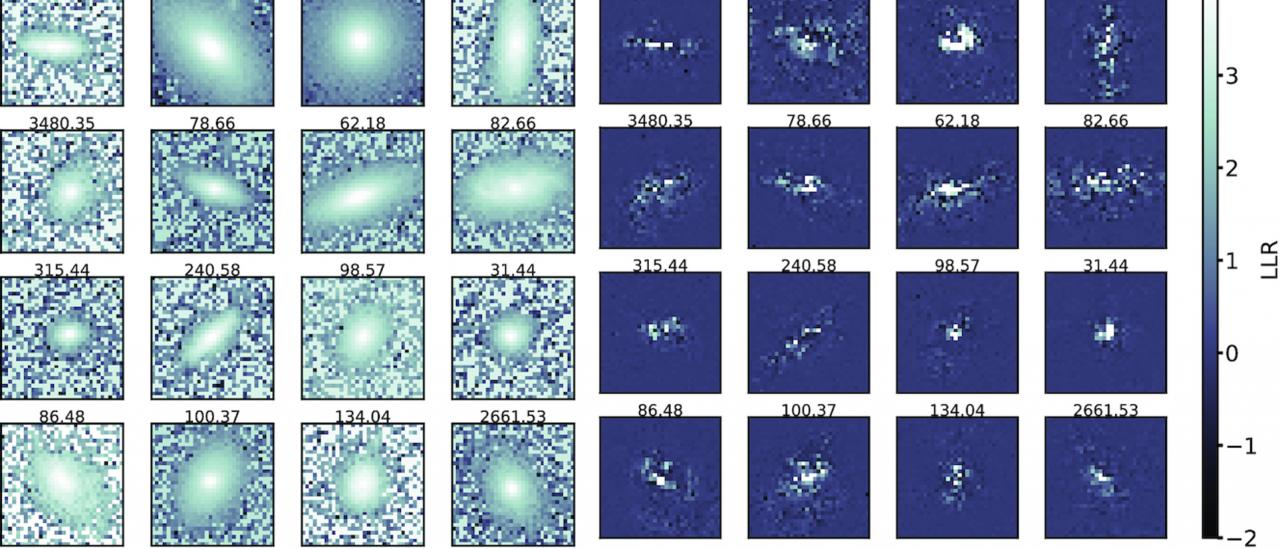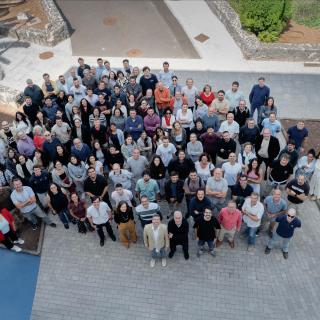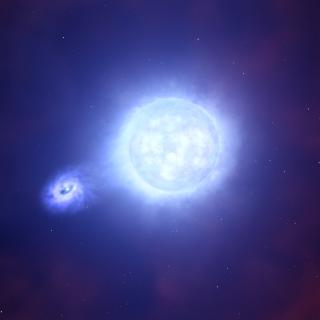Can neural networks distinguish computer simulated galaxy images from observed galaxies? This is the question that has been addressed in this work. For years, reproducing the morphological diversity of galaxies has been a problem for cosmological simulations. The new generation of simulations, such as Illustris TNG, are becoming more and more realistic. But enough to fool a neural network? In this work it is shown that it does not. Using unsupervised deep generative models, it is shown that, despite the fact that realism increases greatly in the last generation of simulations and with increasing resolution, the neural network is able to realize that observations and simulations come from different probability distributions. In this work it is also shown that passive galaxies, those that do not form stars, are the ones that present the greatest differences.
Thumbnails of TNG50 (top left) and SDSS (bottom left) quenched galaxies. The top and bottom right panels show the pixel-wise contributions to the log-likelihood ratio (LLR) for the TNG50 and SDSS galaxies, respectively (see Zanisi et al. 2021 for detail).
Advertised on
Authors
Marc
Huertas-Portocarrero Company
F. Lanusse et al.
References



